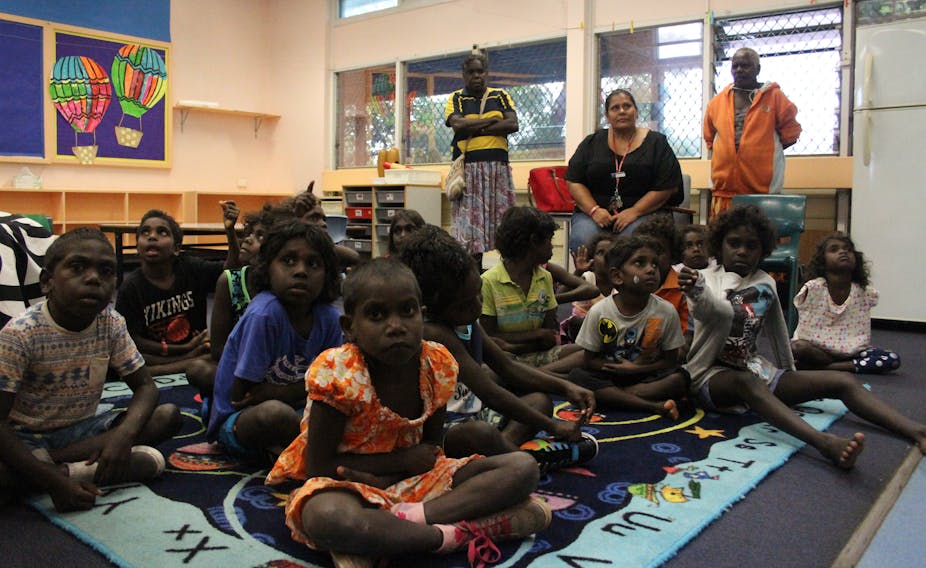School students in northern Australia are regularly exposed to an extreme climate of environmental heat and intense humidity while learning.
Being subjected to extreme and prolonged periods of heat has a myriad of negative effects – not only on students’ (and teachers’) health, but also on their functioning and ability to pay attention and learn.
Research has reported that students in high temperatures can be listless, restless and fatigued, and that they complain about the heat and humidity.
These conditions also cause teachers to come and go on a regular basis. That has a negative impact on students’ continuity and stability of learning.
New research has established a link between environmental heat and a growing economic workplace burden in Australia (especially in the Northern Territory) via strains on employee retention and productivity.
With almost all schools and teachers reported to be using outside school grounds for formal teaching lessons such as Health and Physical Education, the influence of environmental heat becomes important.
By negatively impacting students’ ability to learn, the heat could cause northern Australian students to lag behind southern jurisdictions across a range of learning outcomes. NT students consistently lag behind the other states in the National Assessment Program for Literacy and Numeracy (NAPLAN).
The temperatures that matter
There can be a strong risk of heat illness when the temperature is at least 26 degrees and humidity exceeds 60% (a common occurrence in northern Australian schools).
The potential for heat illness within schools from such temperatures is also illustrated from the Wet Bulb Globe Temperature (WBGT) guidelines.
The WBGT is known as a composite temperature used to estimate the effects of temperature, humidity, wind speed and radiation on people. When this WBGT exceeds a reading of 30, the risk of heat illness/injury is “extreme” and it is recommended that any outside activities are postponed to cooler parts of the day or cancelled.
With the average WBGT exceeding 30 for the entire year in Darwin (except for July when the WBGT is 29), the negative effects on not only health but learning could be significant.
Both the delivery of lessons and student learning would be severely impaired if there are any restrictions to modifying class scheduling (to earlier or later in the school day) or accessing protective facilities (air conditioning, shaded areas).
In 1974, it was found that temperatures between 23 and 27 degrees significantly impaired classroom reading speed and comprehension.

In 1992, a report noted the incidence of heat illness (sun burn, headache, nausea, dehydration) spiked across Darwin secondary schools during the humid, wet season between October (build-up to monsoonal weather) and March (end of the monsoon season). The incidence of heat illness also spiked during the hotter hours in the middle of the school day.
Yet there is an absence of official policy for northern Australian school teachers to be able to safely negotiate the heat. Many schools have general heat “sport guidelines” but nothing about other, everyday lessons.
Silently impacting learning
As the climate warms, temperatures are projected to rise substantially and increase the heat health burden, and thus the learning burden in those parts of Australia subjected to high temperatures.
Although the experience of hot weather is described as a way of life in northern Australia, many of the students require significantly modified activities to be able to cope with such conditions.
Despite many local students possessing a certain level of acclimatisation to such heat, scheduled activities need to be continuously modified. Modifications include more regular drink breaks, reduced activity duration, shade cover and ventilated facilities.
Teachers in northern Australian schools and other climates of extreme heat must, as well as the usual pressures of the teaching profession, be educated on heat protection strategies (hydration, clothing, facilities).
Following these procedures in a hot climate can ensure the well-being and development of both teachers and students are optimised.

